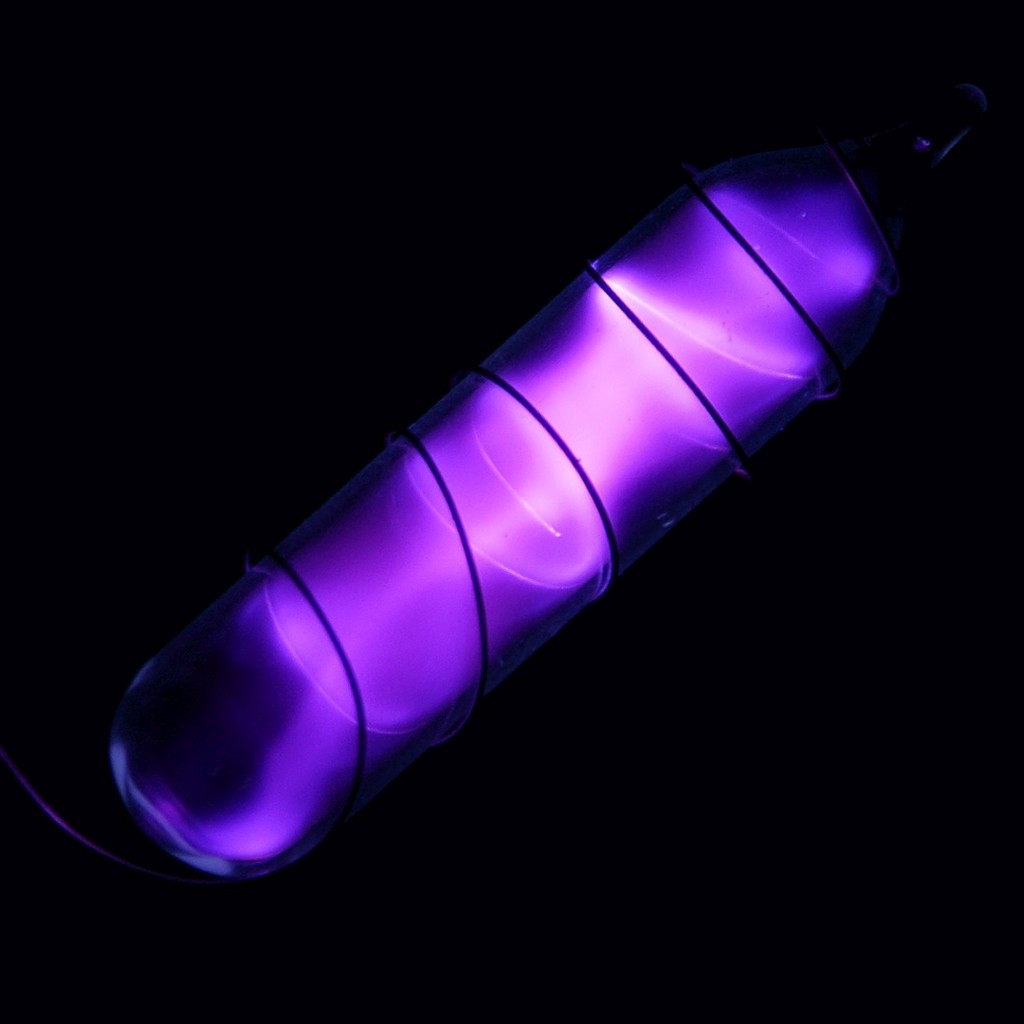氮
7
N
族
15
週期
2
區
p
個質子
電子
個中子
7
7
7
一般屬性
原子序數
7
標準原子質量
14.0067
品質編號
14
類別
非金屬
顏色
無色
放射性
否
拉丁文 '营养'
晶體結構
簡單六角形
歷史
Nitrogen is considered to have been discovered by Scottish physician Daniel Rutherford in 1772, who called it noxious air or fixed air.
It was also studied at about the same time by Carl Wilhelm Scheele, Henry Cavendish and Joseph Priestley.
In 1790 the French chemist Jean-Antoine-Claude Chaptal named the element nitrogen.
It was also studied at about the same time by Carl Wilhelm Scheele, Henry Cavendish and Joseph Priestley.
In 1790 the French chemist Jean-Antoine-Claude Chaptal named the element nitrogen.
每個外殼的電子
2, 5
電子排布
[He] 2s2 2p3
Nitrogen is present in all living organisms, in proteins, nucleic acids and other molecules
物理性質
物態
氣體
密度
0.0012506 g/cm3
熔點
63.15 K | -210 °C | -346 °F
沸點
77.36 K | -195.79 °C | -320.42 °F
熔化熱
0.36 kJ/mol
汽化熱
2.79 kJ/mol
比熱容
1.04 J/g·K
地殼豐度
0.002%
宇宙豐度
0.1%

CAS 編號
7727-37-9
Pubchem CID 編號
947
原子性質
原子半徑
56 pm
共價半徑
71 pm
電負性
3.04 (鲍林标度)
電離電位
14.5341 eV
原子體積
17.3 cm3/mol
熱導率
0.0002598 W/cm·K
氧化態
-3, -2, -1, 1, 2, 3, 4, 5
應用
Nitrogen is used to produce ammonia and fertilizers, vital for current food production methods.
Liquid nitrogen is used as a refrigerant.
Nitric acid is used as an oxidizing agent in liquid fueled rockets.
Nitrogen is a constituent of molecules in every major drug class in pharmacology and medicine.
Liquid nitrogen is used as a refrigerant.
Nitric acid is used as an oxidizing agent in liquid fueled rockets.
Nitrogen is a constituent of molecules in every major drug class in pharmacology and medicine.
Rapid release of nitrogen gas into an enclosed space can displace oxygen, and therefore represents an asphyxiation hazard
同位素
穩定同位素
14N, 15N不穩定同位素
10N, 11N, 12N, 13N, 16N, 17N, 18N, 19N, 20N, 21N, 22N, 23N, 24N, 25N